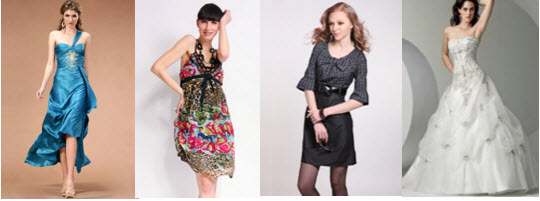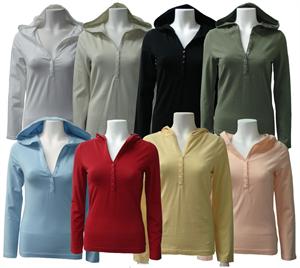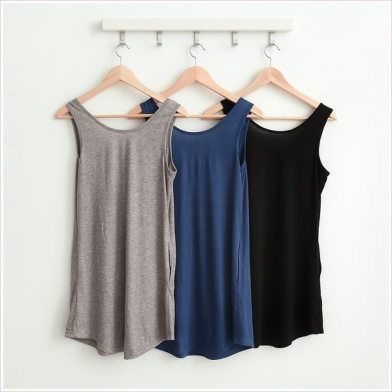If you are someone with a passion for fashion then the only thing better than buying new clothes is buying new clothes at reduced prices. We all love bargains and revel in the thrill of finding them; however, they are often not available as much as we would like. High street stores tend to only offer worthwhile sale items in the summer and winter sales, while online clearance sections tend to a be a lottery ran on a ‘when it’s gone, it’s gone’ basis where all the good stuff goes early and anything else worthwhile is available in XXS or XXL with no in between.
Wouldn’t it be great if there were somewhere to go for clothes that offered sale prices all year round? Somewhere like a clearance section but with all the items in stock in the sizes you need.You could be that store – all you need is access to reputable wholesale clothes.
Wholesale Clothing
Wholesalers are places you have probably heard off; they specialise in purchasing items from manufacturers and offering them in bulk to retailers, who buy them, price them for profit,and sell them to us in stores. Wholesale clothes suppliers work in exactly the same way, except they specialise solely in clothing, as opposed to offering a few pieces alongside their more profitable food and drink markets.
If you own a fashion outlet, having access to a dedicated fashion wholesaler is invaluable. They do all the negotiating with manufacturers; they secure all the stock – all you need to do is pick out the items you want to sell and price them at profit to your customers.
Clothes wholesale suppliers secure stock from manufacturers in bulk and are able to sell in high volume as a result. With money made through selling in large quantities, mark up prices can be kept to a minimum, covering little more than operating costs. Smaller mark-up from them leads to only one thing – greater profits for you.
What Can You Buy?
Wholesalers in general do not have a great reputation for clothing, tending to offer a limited selection and lack of brand choices. Dedicated clothing wholesalers suffer none of these same problems. Clothing here is not a sideshow to food – it is central to the business. From t-shirts to shoes, you will find the clothing you need from top brands at hard to believe prices, giving you the edge over the competition.
Whatever you specialise in – men’s, women’s or children’s clothing – Fashion wholesale is the place to find it. Not only will you love getting your clothes this way, your customers will love you for it too.









